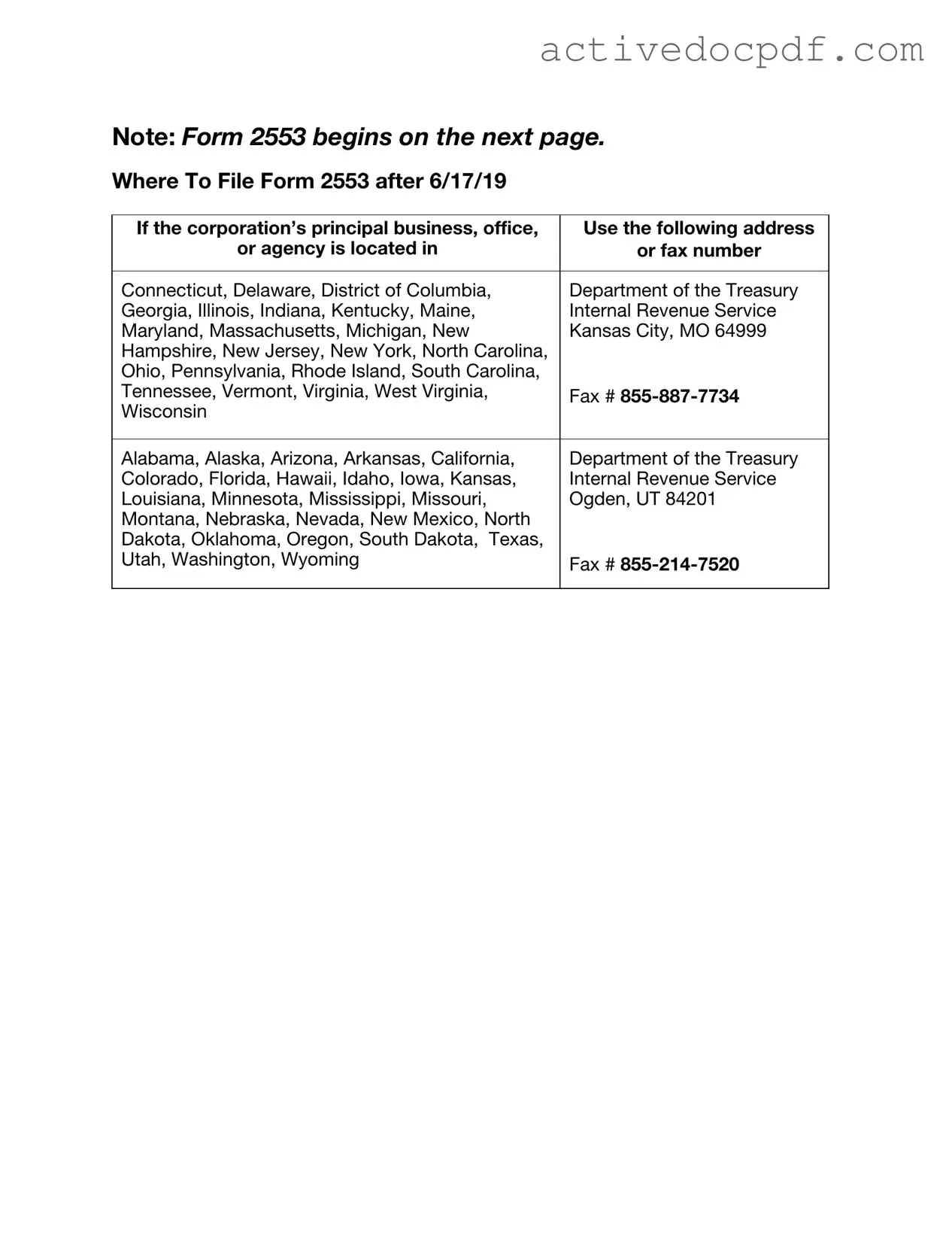IRS Form 2553 is used by small businesses to elect to be taxed as an S corporation. This election allows the business to avoid double taxation on corporate income, as profits and losses can pass directly to shareholders' personal tax returns. To qualify, the business must meet specific criteria set by the IRS.
To be eligible for S corporation status, a business must meet the following requirements:
-
It must be a domestic corporation.
-
It must have no more than 100 shareholders.
-
All shareholders must be individuals, certain trusts, or estates. Partnerships and corporations cannot be shareholders.
-
It can only have one class of stock.
-
It must not be an ineligible corporation, such as certain financial institutions, insurance companies, and domestic international sales corporations.
Form 2553 should be filed within two months and 15 days of the beginning of the tax year when the S corporation election is intended to take effect. If you miss this deadline, you may still be able to file late if you can show reasonable cause for the delay.
The form requires several key pieces of information, including:
-
The name and address of the corporation.
-
The date of incorporation.
-
The tax year the corporation will use.
-
The names and addresses of all shareholders, along with their consent to the S corporation election.
-
Any additional information that may be necessary for the IRS to process the election.
Once Form 2553 is filed, the IRS will review the application. If approved, the corporation will be granted S corporation status. This status will allow the business to benefit from pass-through taxation. If the application is denied, the corporation will be taxed as a regular C corporation unless it re-files and meets the requirements.
Yes, a corporation can revoke its S corporation election by filing a statement with the IRS. This statement must be signed by shareholders holding more than 50% of the shares. Revocation can be effective immediately or at the end of the tax year, depending on the corporation's preference.
